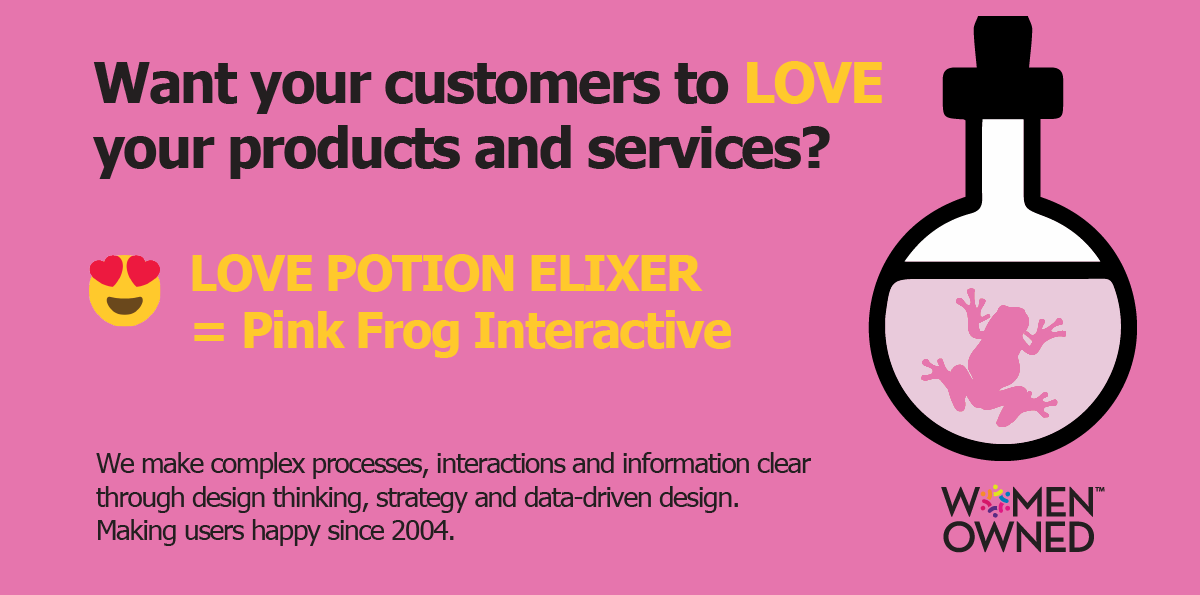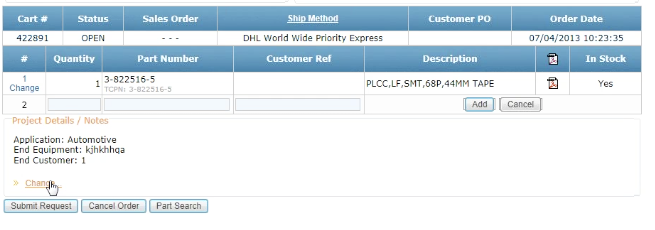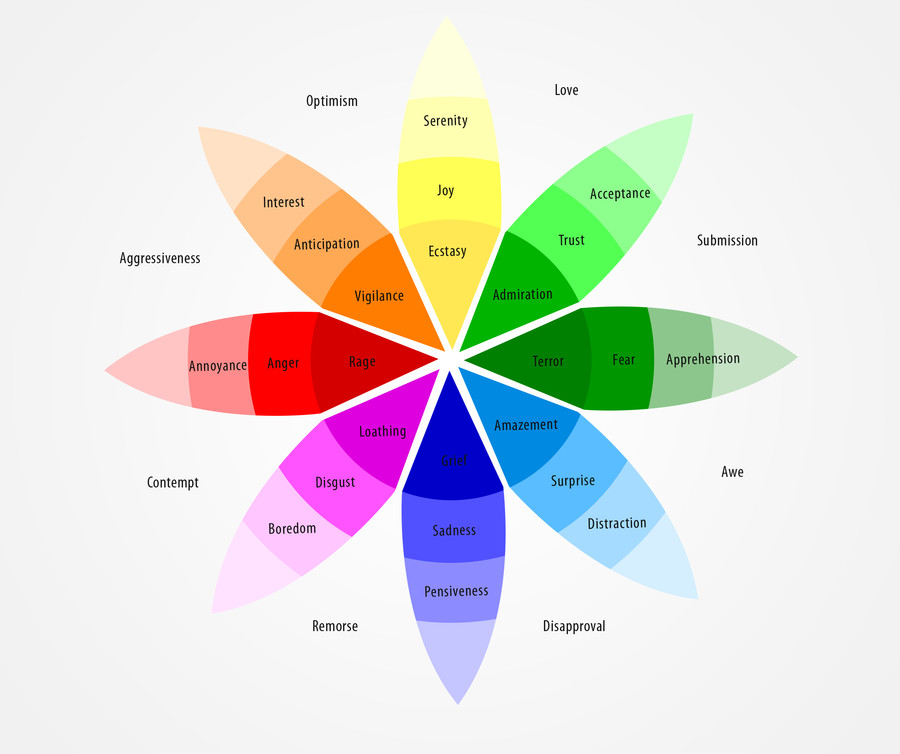Why we chose the name Pink Frog Interactive.
Pink
Pink is the color of happiness. Pink Frog brings joy to our clients and their customers. Joy is evoked in design with micro-interactions and an understanding of your users. Repeated strikes of an emotion cause it’s perceived intensity to increase. Happiness turns into joy after repeated positive interactions. Users remember the peak and endpoint of any experience. We focus on understanding your users’ emotions and finding out what constitutes exceptional customer experience. Happy users are more trusting and loyal.
Frog
Frogs are symbols of joy, luck, money, prosperity, abundance, wealth, and friendship in many cultures. Used as an amulet and talisman, they are strongly linked with transformation and magic and are believed to bring good luck. They are the magic in fairy tales and the secret ingredient in magic spells. The three-legged money frog, wealth frog, and lucky frog are three of the five Chinese gods that offer protection against misfortune and enrich a business or household in wealth. According to ancient Feng Shui beliefs, placing a frog near you dispels evil and attracts wealth.
Frogs are the happily ever after in fairy tales. If you kiss a frog, it turns into a prince. Frogs are the only animal that can only move forward and not backward. They can see in all directions without moving their head. A frog is often the elixir in magic potion.
Interactive
Interactive because we improve interactions at each touchpoint in your customers’ journey. We help you leap over your competition. We interact with you, your customers and your stakeholders to help you:
- Tame complexity of your products or services.
- Deliver innovative products and services that your customers love.
- Decrease customer support calls.
- Communicate complex information.
- Help your customers intuitively navigate your product and services.
- Help you understand how your customers learn and make decisions.
- Help you understand how your customers define what constitutes an exceptional customer service.
- Raise customer satisfaction scores.
- Raise net promoter scores.
- Gain more trust and loyalty from your customers.
- Raise stock prices – companies that invest in design outperform 2 to 1. The key differentiator in companies is a positive customer experience. Customers choice products and services that are easy and joyful to use.
Behold! The power of design.




